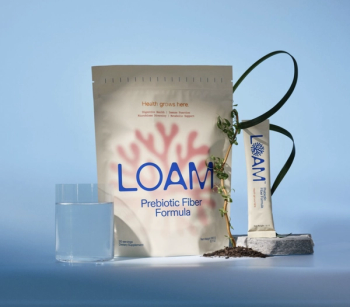
|Slideshows|November 19, 2015
- Nutritional Outlook Vol. 18 No. 10
- Volume 18
- Issue 10
Clinical Trials of the Year for Dietary Supplements
Author(s)Kimberly J. Decker
A look back at some of the year’s most impactful research on dietary supplement ingredients.
Advertisement
Articles in this issue
about 10 years ago
The Dietary Supplements Market in 2015: Business Is Goodabout 10 years ago
Farro Is Driving the Ancient Grain Trendabout 10 years ago
Krill-Based Research Initiatives Will Strengthen Industry Sustainabilityabout 10 years ago
What Challenges Do Food and Drink Entrepreneurs Face? Expert Adviceabout 10 years ago
Fiber Market Flourishes in 2015about 10 years ago
Key Dietary Supplement, Food Mergers and Acquisitions in 2015about 10 years ago
Repurposing Ingredient By-product and Giving Ingredients a Second Lifeabout 10 years ago
What If FDA Regulates “Natural” Claims on Food Labels?about 10 years ago
Superfruit Stars: Where Are They Now? Acai, Gogi, and PomegranateNewsletter
From ingredient science to consumer trends, get the intel you need to stay competitive in the nutrition space—subscribe now to Nutritional Outlook.
Advertisement
Advertisement
Advertisement
Trending on Nutritional Outlook - Supplement, Food & Beverage Manufacturing Trends
1
Artemis International: 30 Years of Science-Backed Berry and Botanical Innovation
2
Certifications, Clinical Trials, and Consumer Trust: How SGS NutriSource Serves the Industry
3
New LOAM prebiotic fiber formula includes NutriLeads’ Benicaros ingredient
4
A Leader for the Times: NOW Health Group's Jim Emme on Thoughtful Leadership
5





